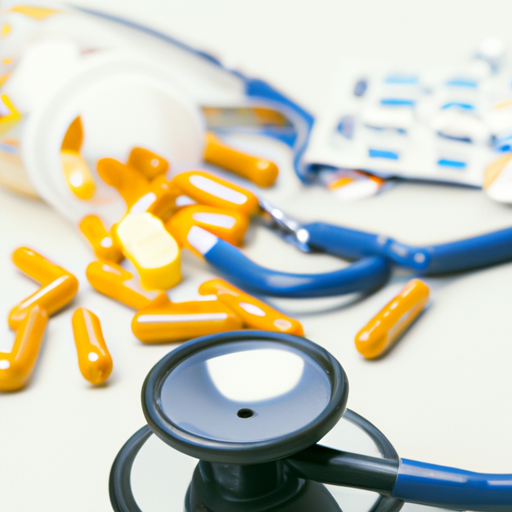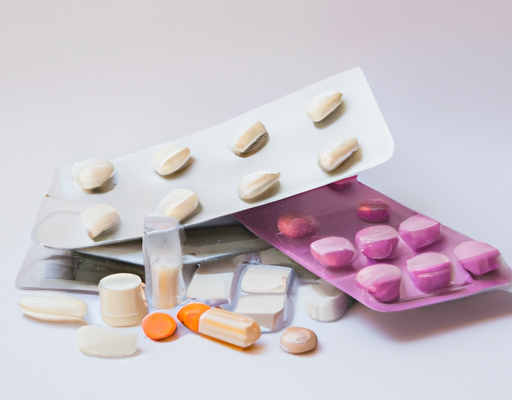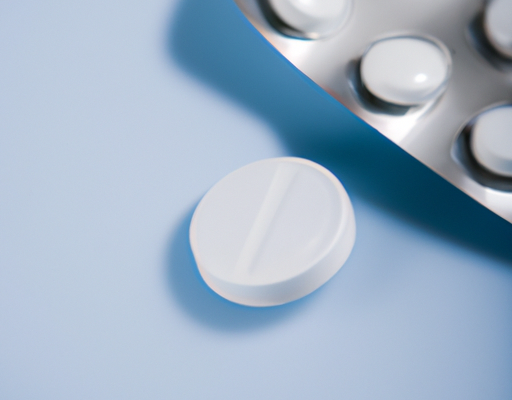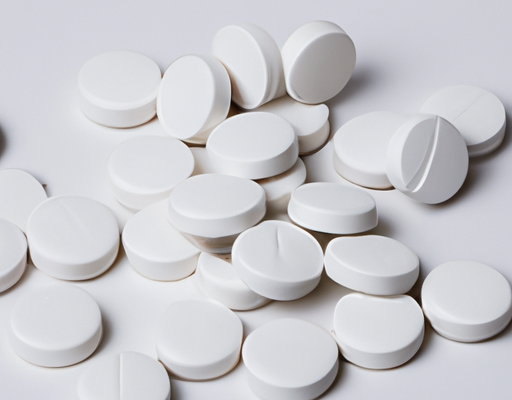Causes of cystic acne
Cystic acne is a severe form of acne that can be both painful and damaging to the skin. It is caused by a combination of factors, including genetics, hormones, and the environment. Genetics can play a role in the development of cystic acne, as those with a family history of the condition may have an increased risk of developing it. Hormonal imbalances, such as those seen during puberty, pregnancy, and menopause, can trigger the production of excess sebum and cause an overgrowth of bacteria on the skin, leading to inflammation and cystic acne. The environment can also contribute to the development of cystic acne, as certain irritants and allergens on the skin can lead to inflammation, clogged pores, and cystic lesions. Stress is another factor that can worsen cystic acne, as hormones released during periods of high stress can increase sebum production and lead to further outbreaks. Treatment for cystic acne typically involves a combination of topical and oral medications, and in severe cases, professional medical treatment.
Causes of non-cystic acne
Non-cystic acne is an umbrella term used to describe various forms of acne, such as whiteheads, blackheads, and pimples. These are all types of acne that do not contain pus or form deep cysts, making them the most common kind of acne. Non-cystic acne is caused by clogged pores, which contain a combination of sebum, bacteria, and dead skin. Clogged pores are usually caused by hormonal changes and an increase in the production of oil, which can happen during puberty or due to fluctuations in hormones in adults. Poor hygiene can also contribute to non-cystic acne as it allows bacteria to build up on the skin. In some cases, non-cystic acne can be caused by certain medications, such as steroids, and certain skin products, like heavily fragranced lotions. Non-cystic acne can be treated with a variety of over-the-counter medications, as well as some natural remedies, such as honey, tea tree oil, and aloe vera.
Treatments for cystic acne
Treating cystic acne is a difficult process and requires a comprehensive plan that includes both medical and lifestyle changes. Although there is no one-size-fits-all approach to treating cystic acne, there are several treatments that may be effective. Here are some of the most common treatments for cystic acne:
- Oral antibiotics: Oral antibiotics can help reduce inflammation and kill bacteria that cause acne.
- Topical retinoids: Retinoids are powerful medications that can help reduce inflammation and unclog pores.
- Oral contraceptives: Oral contraceptives can regulate hormones and reduce acne in some women.
- Isotretinoin: Isotretinoin is a powerful medication that can reduce inflammation and sebum production.
- Laser treatments: Laser treatments can help reduce inflammation and reduce the appearance of scars.
- Chemical peels: Chemical peels can help unclog pores and reduce the appearance of scars.
It is important to find the right combination of treatments that work for you. Your doctor or dermatologist can help you create a personalized treatment plan that is tailored to your specific needs.
Treatments for non-cystic acne
Non-cystic acne is one of the most common forms of skin disorder, affecting millions of people of all ages. Luckily, there are a variety of treatments available to help reduce the appearance of non-cystic acne, including lifestyle changes, topical products, and in some cases, even prescription medications. One of the best ways to start fighting non-cystic acne is to take preventative measures to keep skin clean and healthy. This includes maintaining a healthy diet and lifestyle, avoiding harsh products and ingredients, and washing the face regularly. Topical creams, gels, and spot treatments can be effective in treating non-cystic acne, but those with persistent outbreaks may be prescribed stronger topical treatments or antibiotics. In some cases, dermatologists may also recommend dermatological procedures, such as chemical peels or laser therapy, to help reduce the severity of non-cystic acne. Ultimately, the best treatments depend on the causes and severity of the acne, and only a doctor can provide the right recommendation.
Symptoms of cystic acne
Cystic acne is an especially severe form of acne that can cause deep, inflamed, tender lesions under the skin. It can be painful and can cause scarring. Common symptoms include whiteheads, blackheads, and inflamed red bumps on the skin that contain pus. Cystic acne can also occur in the chest, back and buttocks, as well as on the face. Cystic acne can be large, red bumps that may be filled with pus or small white pus-filled lumps that appear tight and firm. These lesions can be very painful and tend to last longer than traditional pimples, sometimes lingering for weeks. If cystic acne is not treated, it could lead to permanent scarring. Treatment for cystic acne is typically more aggressive than for other types of acne, sometimes involving antibiotics, cortisone injections and even isotretinoin medications. Taking proactive steps to reduce stress, avoiding foods known to aggravate acne, and eating a healthy diet are also recommended for helping prevent cystic acne.
Symptoms of non-cystic acne
Non-cystic acne, also known as superficial acne, is a fairly common skin disorder characterized by red bumps, pimples, and papules on the face, chest, and back. Non-cystic acne typically appears in individuals between the ages of 11 and 30 and its symptoms can range from mild to severe. Common signs of non-cystic acne include greasy skin, whiteheads, blackheads, and tiny, red, or tender bumps—all of which can be seen with the naked eye. Other symptoms may include inflammation, itchiness, scarring, and discoloration of the skin. With proper care, non-cystic acne can be treated effectively through a plethora of treatments, including topical creams, antibiotics, gels, and other medications prescribed by a doctor. Taking good care of the skin and addressing any underlying health issues can help reduce symptoms and prevent future flare-ups.
Prevention of cystic acne
Preventing cystic acne is no easy feat, but it is possible. Keeping your skin clean and moisturized is the best way to start. Washing your face twice a day with gentle cleansers for acne can help reduce oil and acne-causing bacteria. It’s important to use a non-comedogenic moisturizer to keep your skin hydrated and healthy. Avoiding dairy products and eating more whole foods is also beneficial as they are often rich in antioxidants, which can help reduce inflammation. Regular exercise can also help reduce stress, which can be an acne trigger. Finally, limiting your exposure to harsh chemicals and skin care products, such as those with alcohol, can help reduce the risk of developing cystic acne.
Prevention of non-cystic acne
Preventing non-cystic acne is much easier than controlling cystic acne. By following a few simple steps, you can avoid many of the common causes of non-cystic acne. Start by keeping your skin clean by washing twice a day, using a gentle cleanser. Be sure to avoid cleansers that are overly harsh or contain irritants. Also, removing all makeup before going to bed is essential. Keeping your hair off your face can help, as well as using non-comedogenic products to reduce the risk of clogging your pores. Eating a balanced diet full of nutrient-rich fruits, vegetables, and proteins and avoiding foods high in sugar and processed ingredients can help to keep your skin healthy. Finally, make sure to maintain a stress-free lifestyle to prevent over-production of hormones, which can trigger breakouts. Following these simple steps can help you keep your skin clear and healthy.
Differentiating between cystic and non-cystic acne
Acne is a skin condition that affects many people, and there are two main types: cystic and non-cystic acne. As they share many similarities, it can be difficult to differentiate between the two. To make it easier, here is a list of the key differences between cystic and non-cystic acne:
- Cystic acne is a severe form of acne and consists of deep, painful cysts that form beneath the skin’s surface.
- Non-cystic acne consists of whiteheads and blackheads, which are small bumps that form on the surface of the skin.
- Cystic acne is typically more difficult to treat than non-cystic acne, and may require prescription medications to treat.
- Non-cystic acne can usually be treated at home with over-the-counter products such as cleansers and creams.
By understanding the key differences between cystic and non-cystic acne, individuals can better identify their condition and determine the best course of treatment. Fortunately, both types of acne can be managed with proper skin care and lifestyle habits.
Summary
Acne is a common condition that can occur in both cystic and non-cystic forms. Although both forms can cause redness, swelling, and inflammation in the affected area, cystic acne is typically more severe, and can leave behind scarring or dark spots. Non-cystic acne usually responds better to treatments such as topical creams, antibiotics, and other medications. It is important to speak to a dermatologist to identify the type of acne and determine the best treatment plan. The right treatment plan can help keep skin clear and free of acne flare-ups.





No Comments